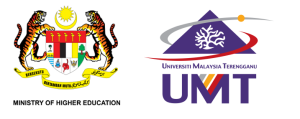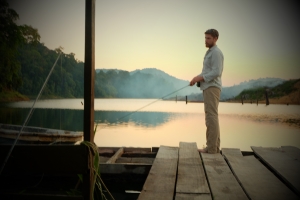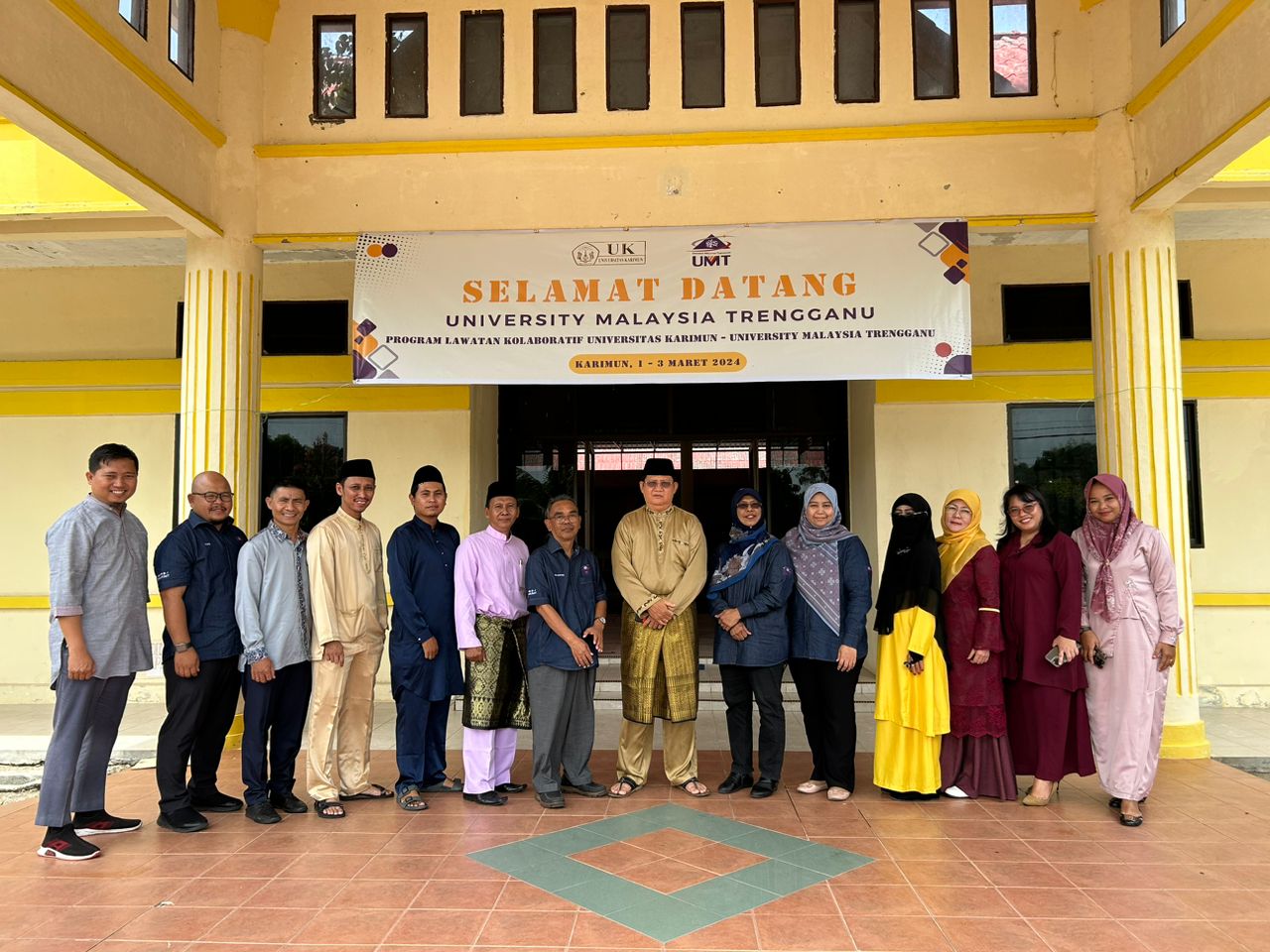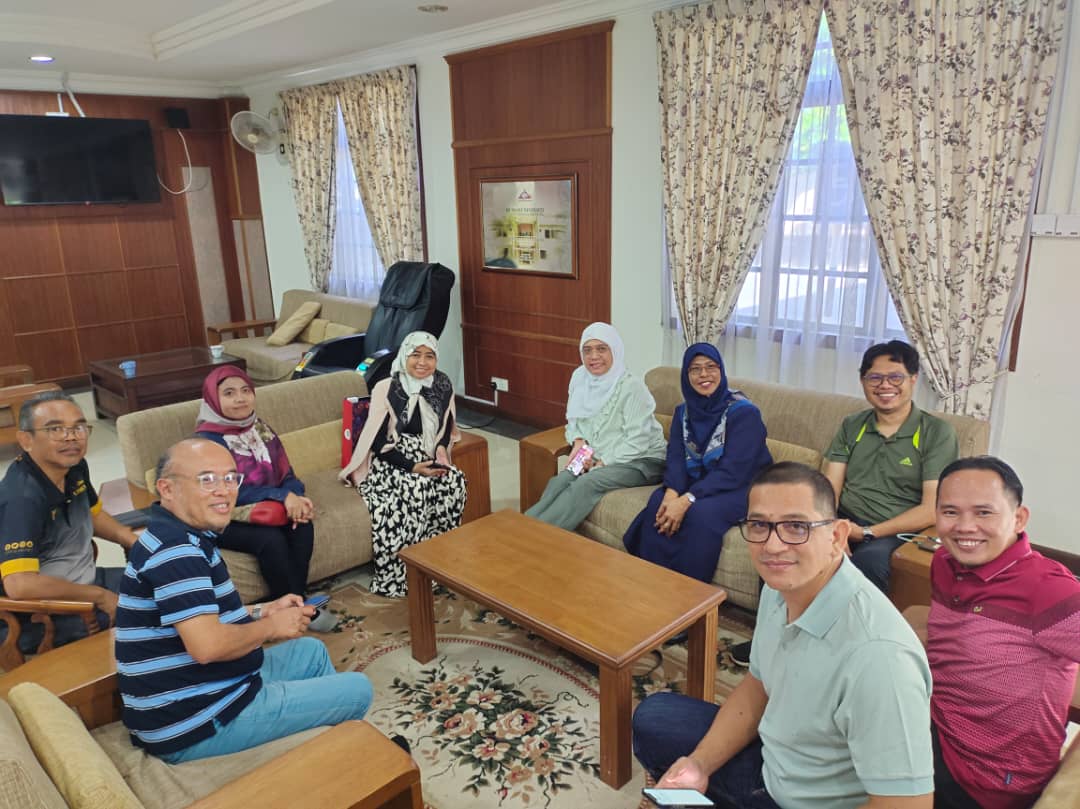The construction of the dams on the Terengganu and Tembat rivers in Terengganu presents a unique opportunity to monitor the behaviour of riverine adapted fish in still water environments and compliment ongoing research by UMT, UKM, USM, TNBr, wildlife and fisheries departments to document other ecosystem changes that are likely to occur as a result of river impoundment.
Declines in ecosystem integrity and the loss of key ecosystem processes are well documented in dammed rivers around the world. Such a construction in an area like Kenyir that has already experienced considerable deleterious changes due to previous downstream impoundment will undoubtedly have profoundand far reaching implications for the whole area. Changes to these rivers will have a significant impact on the downstream reservoir fishery and the socio-economic activities that depend on it. The most valuable species in the Kenyir fishery, both economically and in terms of social importance is Tor tambroides, which is also at the greatest risk of population decline. Tor tambroides, or the Malaysian mahseer, is a charismatic migratory species that represents an important source of income for commercial fisherman as its flesh is highly prized (fetching a high price of RM 15-25 / kg).
It is also a target of recreational fisherman due to its size and renowned fighting abilities. Due to extreme pressure from over fishing in recent years and the effects of logging related sedimentation, populations of Tor tambroides have severely declined in the Kenyir region, and peninsular Malaysia as a whole. This decline has not been formally documented as no quantitative data on Tor tambroides abundances is available owing in part to difficulties in its differentiation from other cryptic species. In fact, despite the circumstantial severity of its decline, the status of this fish is not listed on the IUCN red list due to insufficient data. This lack of protective classification further endangers the species as its rarity is not officially recognised. This species is said to migrate considerable distances upstream, but this is not well documented. As little information about their natural movement behaviour is available it is not known how these fish will react to the changes in their environment caused by river impoundment. In addition there is little information about the behaviour of fish during artificial flooding of their habitat following river impoundment.
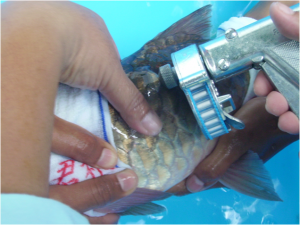 IPK researcher Dr Sam Walton, in collaboration with the University of Hull (UK) aims to document the movements of relocated mahseer in a fish telemetry study made possible by recent advances in remote radio tracking. The University of Hull (UK) have recently obtained permission to trial some cutting edge remote solar powered receivers and in collaboration with TNBr and UMT this will allow for the construction of a continuous monitoring system to observe the fishes behaviour in the Tembat river, following their release into the reservoir as it floods over the rainy season. Knowledge of the reaction of fish to the inundation of the reservoir will be fundamental to inform future decisions on fish removal, stocking and relocation procedures before and after dam construction, both in Malaysian and international contexts. Knowledge of their movements and area fidelities may also indicate areas where the fish may be particularly vulnerable to human activities such as poaching, allowing fisheries managers to ultimately make more informed decisions on the best methods to ensure species protection e.g. closed areas, fishing seasons etc.
IPK researcher Dr Sam Walton, in collaboration with the University of Hull (UK) aims to document the movements of relocated mahseer in a fish telemetry study made possible by recent advances in remote radio tracking. The University of Hull (UK) have recently obtained permission to trial some cutting edge remote solar powered receivers and in collaboration with TNBr and UMT this will allow for the construction of a continuous monitoring system to observe the fishes behaviour in the Tembat river, following their release into the reservoir as it floods over the rainy season. Knowledge of the reaction of fish to the inundation of the reservoir will be fundamental to inform future decisions on fish removal, stocking and relocation procedures before and after dam construction, both in Malaysian and international contexts. Knowledge of their movements and area fidelities may also indicate areas where the fish may be particularly vulnerable to human activities such as poaching, allowing fisheries managers to ultimately make more informed decisions on the best methods to ensure species protection e.g. closed areas, fishing seasons etc.
For more information on this project please contact Dr Walton at: sam.walton@umt.edu.my.
